409472
N-[3-(Dimethylamino)propyl]methacrylamide
99%, contains MEHQ as inhibitor
Sinónimos:
N ,N -Dimethylaminopropyl methacrylamide, N -[3-(N ,N -Dimethylamino)propyl]methacrylamide
About This Item
Productos recomendados
Quality Level
description
contains: ~650ppm MEHQ as inhibitor
assay
99%
form
viscous liquid
refractive index
n20/D 1.479 (lit.)
bp
134 °C/2 mmHg (lit.)
density
0.94 g/mL at 25 °C (lit.)
SMILES string
CN(C)CCCNC(=O)C(C)=C
InChI
1S/C9H18N2O/c1-8(2)9(12)10-6-5-7-11(3)4/h1,5-7H2,2-4H3,(H,10,12)
InChI key
GDFCSMCGLZFNFY-UHFFFAOYSA-N
Categorías relacionadas
General description
Application
- Glucose-containing diblock polycations exhibit molecular weight, charge, and cell-type dependence for pDNA delivery.: This study investigates the use of glucose-containing diblock polycations, including N-[3-(Dimethylamino)propyl]methacrylamide, in pDNA delivery systems. The research demonstrates that the efficiency of pDNA delivery is influenced by the molecular weight and charge of the polycations, as well as the type of cell used. This highlights the potential for tailored gene delivery applications in different cell types, emphasizing the role of N-[3-(Dimethylamino)propyl]methacrylamide in creating biocompatible and effective delivery vectors (Wu et al., 2014).
- As a monomer to synthesize self-healing pH-responsive P(DMAPMA-stat-DAA) hydrogels for drug delivery applications.
- As a cationic monomer to develop gene delivery vector due to its ability to complex with nucleic acids and facilitate their intracellular delivery.
- To fabricate iron oxide nanoparticle formulations for 3D printing. These iron inks are utilized for printing magnetic devices, MRI contrast agents for bioimaging and targeted drug delivery systems.
- To prepare a non-toxic synthetic flocculant for harvesting microalgae.
signalword
Danger
hcodes
Hazard Classifications
Eye Dam. 1 - Skin Irrit. 2 - Skin Sens. 1
Storage Class
10 - Combustible liquids
wgk_germany
WGK 1
flash_point_f
264.2 °F - closed cup
flash_point_c
129 °C - closed cup
ppe
Eyeshields, Gloves, type ABEK (EN14387) respirator filter
Elija entre una de las versiones más recientes:
¿Ya tiene este producto?
Encuentre la documentación para los productos que ha comprado recientemente en la Biblioteca de documentos.
Los clientes también vieron
Nuestro equipo de científicos tiene experiencia en todas las áreas de investigación: Ciencias de la vida, Ciencia de los materiales, Síntesis química, Cromatografía, Analítica y muchas otras.
Póngase en contacto con el Servicio técnico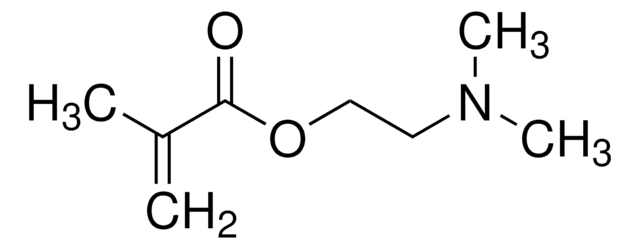

![[2-(Methacryloyloxy)ethyl]trimethylammonium chloride solution 75 wt. % in H2O](/deepweb/assets/sigmaaldrich/product/structures/316/612/66b0f4cf-d060-427d-b4f5-e8fab3e5cffe/640/66b0f4cf-d060-427d-b4f5-e8fab3e5cffe.png)
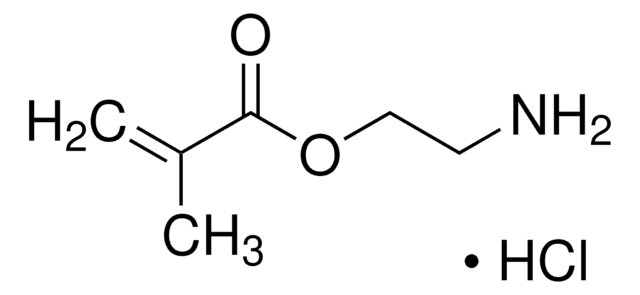
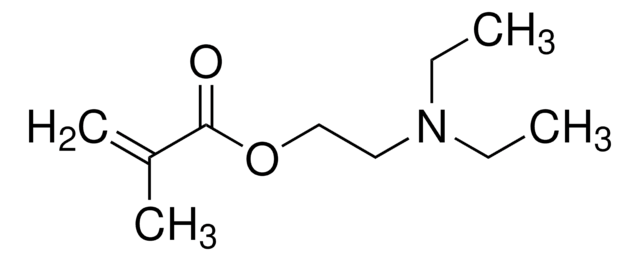

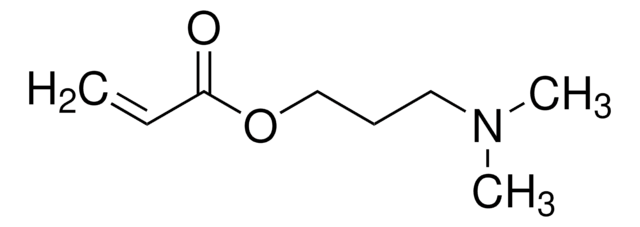

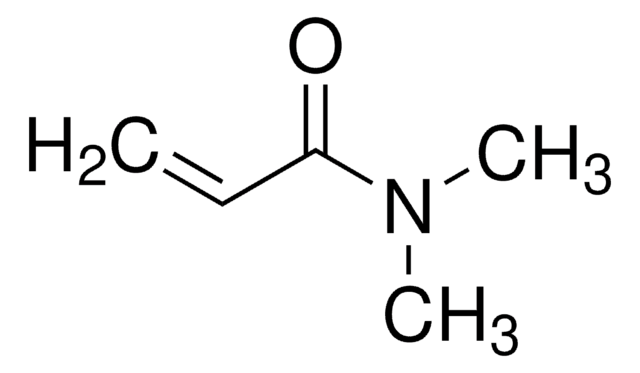
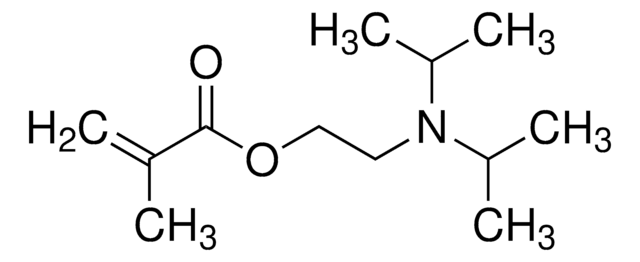


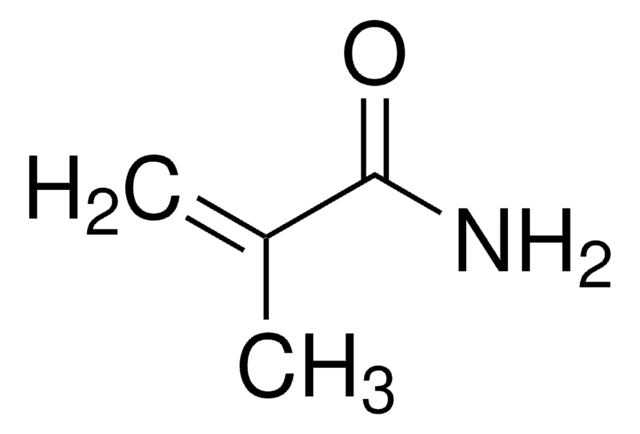
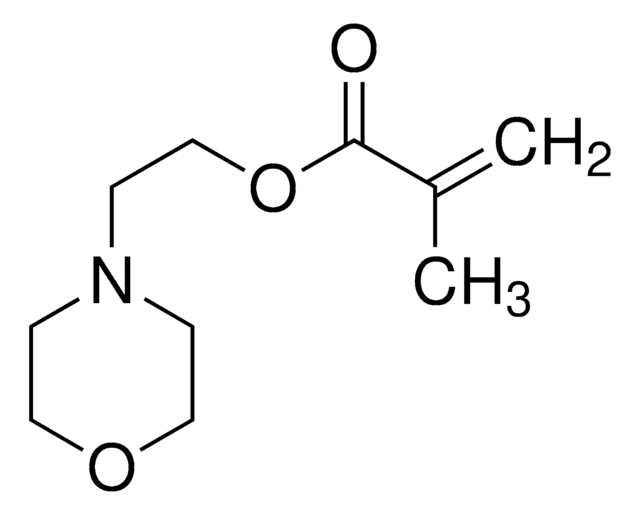
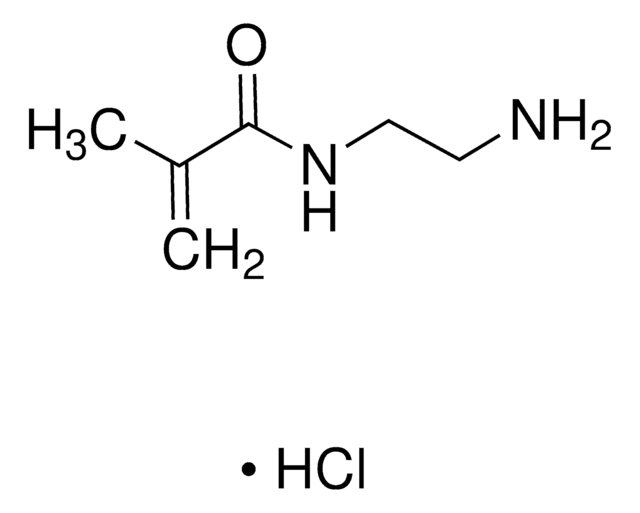
![[2-(Methacryloyloxy)ethyl]dimethyl-(3-sulfopropyl)ammonium hydroxide 95%](/deepweb/assets/sigmaaldrich/product/structures/217/219/73c91e1c-0ee4-4b3d-bead-a6dc3d09d1da/640/73c91e1c-0ee4-4b3d-bead-a6dc3d09d1da.png)